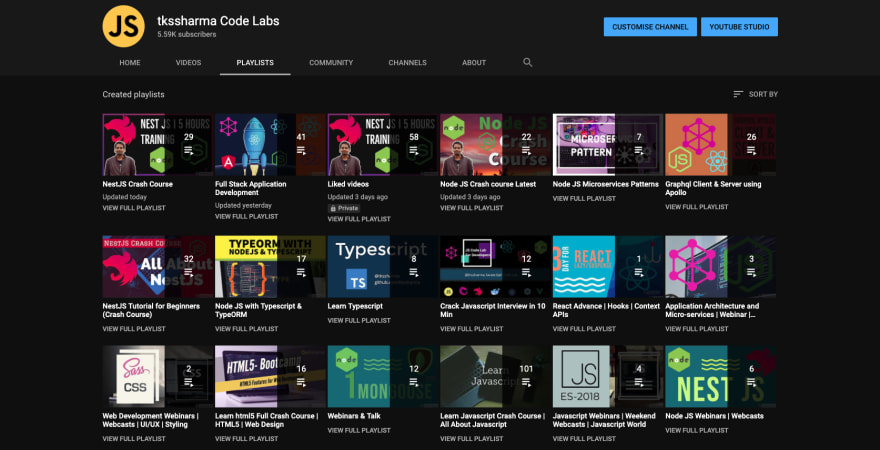NestJS Crash Course with Mongo and Mysql
Everyone who starts learning Node.js will be introduced to Express, a “minimalist web framework for Node”.
It is crucial to understand that Express and NestJS are not rivals.
Express offers us a way to expose endpoints and respond to HTTP requests. That’s nice, however, Nest does much more than that.
By the way, Nest is based on Express and nestjs provided better way to manage things on top of express
Many advantages of using nestjs:
Interact with your database in an abstract manner provided a nice way of integrating with the database.
Its typescript based so a good option for future application development where we see things moving towards typescript
Its syntax looks similar to angular services, modules and controllers so its easy for Front end developer to understand NestJS codebase.
Nestjs codebase can be structured in different modules (everything can be a module) like logger, swagger, database, redis, user defined feature modules.
Its easy to learn as it simple add adding just @annotation wrapper for typescript support like @controller, @Module, @Injectable
It provides different useful modules like @nestjs/crud, @nestjs/swagger and support for microservices
Provides DI & IOC pattern using which services can be injected in controllers
Build a GraphQL interface easily with REST.
You can quickly start learning from My Video series, I have covered
Building Blocks of NestJS
NestJS with Mongo DB, writing REST APIs with interceptor, filters, pipes, controllers and services
NestJS with Mysql, managing relationship in TypeORM and writing APIs
We are covering
NestJS Crash Course | Training #01
NestJS CLI Tool #02
Running NestJS Using Nodemon #03
NestJS REST API Development #04
NestJS Request Validation Using DTOs #05
NestJS Request Validation #06
NestJS Writing Controllers #07
Nest JS Service and Modules #08
NestJS Creating Middlewares #09
NestJS Creating Exception Filter #10
NestJS Creating Validation Pipe #11
NestJS Creating Route Gurad #12
NestJS Creating Interceptor : Fundamentals #13
NestJS Creating Task Module & Services #14
NestJS Creating Task REST APIs #15
NestJS Creating Task REST APIs #16
NestJS Creating Task Get & Update APIs #17
NestJS Request Params & Query Params #18
NestJS Request Params & Query Params #19 Part 2
NestJS Swagger Module API Specs #20
Nest S with Mongo DB API development #21
NestJS with @nestjs/Mongoose #22
NestJS REST APIs with Mongoose #23
NestJS Building APIs #24
NestJS with Mysql TypeORM #26
NestJS with Mongoose API Development #25
NestJS with Mysql TypeORM #27
NestJS with Mysql & TypeORM Entities #28
NestJS with TypORM and Mysql Migrations #29
NestJS Tutorial for Beginners (Crash course) With Mysql & TypeORM #30







Top comments (0)